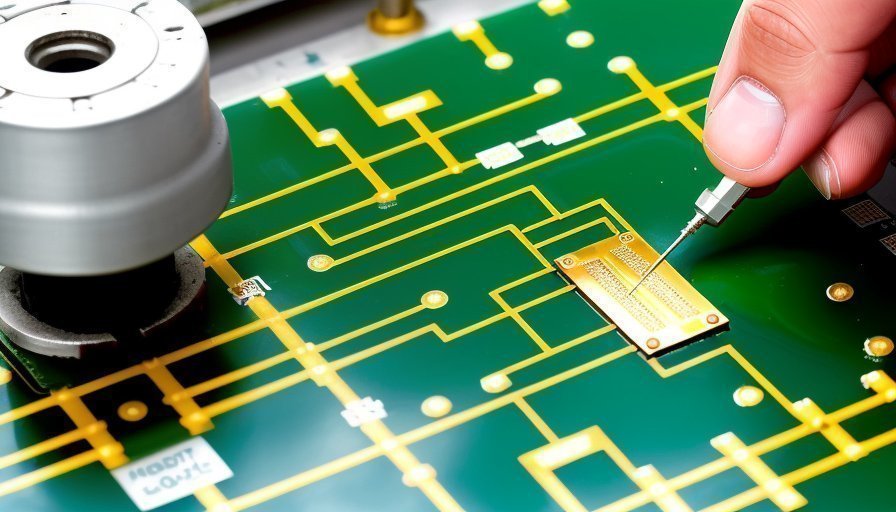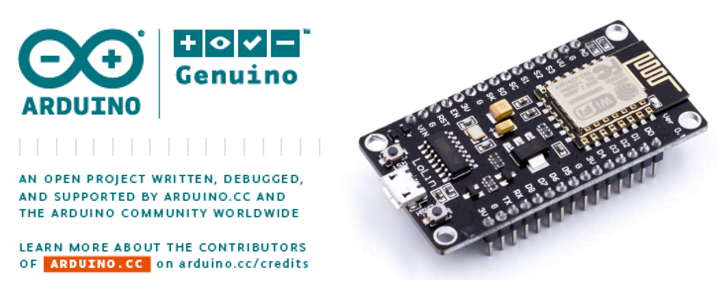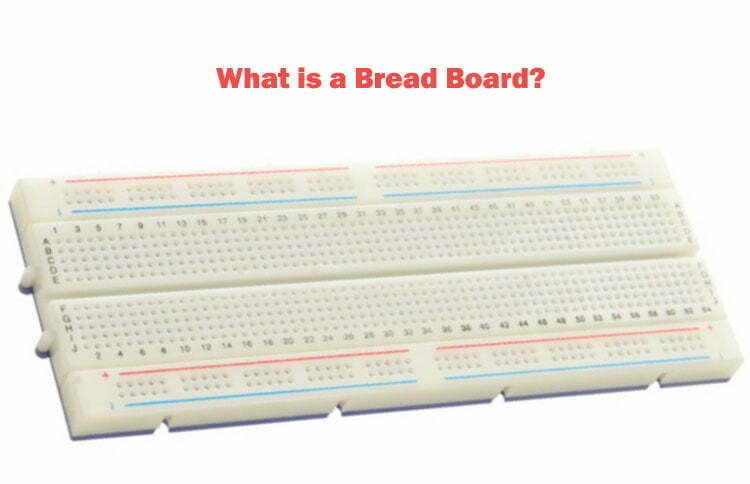Definition of HASL
HASL, short for Hot Air Solder Leveling, is a process that involves applying a layer of tin-lead alloy onto the surface of copper to prevent oxidation and provide a good soldering base for subsequent assembly processes. Why is it called Hot Air Solder Leveling? It combines the processes of wave soldering and hot air leveling, where a eutectic solder is coated inside the plated-through holes and on the printed conductors of the PCB.
The process begins by applying flux onto the PCB, followed by immersing it into the molten solder. Finally, excess solder is blown off from the PCB using hot compressed air between two air knives, simultaneously removing excess solder from the plated-through holes. This results in a shiny, flat, and uniform solder coating.
Characteristics of HASL
The most prominent advantage of solder coating achieved through Hot Air Solder Leveling is the consistent composition of the coating, ensuring complete protection of the edges of printed circuits. HASL is a cost-effective and mature process with good solderability. However, its surface lacks the smoothness of electroless nickel immersion gold (ENIG) or organic solderability preservative (OSP), making it generally suitable for soldering applications only. Hot Air Solder Leveling is a well-established technology, but due to its operation in a high-temperature and high-pressure dynamic environment, maintaining stable quality can be challenging to control.
HASL Process
1. Preparation
Before performing the HASL process on a PCB, some preparation is required. Firstly, the PCB needs to be cleaned to remove surface dirt and grease. Secondly, a chemical treatment is applied to enhance the adhesion of the PCB surface. Lastly, the PCB is preheated to improve the effectiveness of the HASL process.
2. HASL
Once the preparation is completed, the PCB can undergo the HASL process. HASL involves coating the molten solder onto the surface of the PCB. HASL can be performed manually or using an automatic HASL machine. During the process, it is essential to control the thickness and uniformity of the solder coating to ensure proper solderability and corrosion resistance of the PCB surface.
3. Drying
After the HASL is completed, the PCB needs to be dried. Drying can make the tin coating form a uniform crystallization on the surface of the PCB, thereby improving the soldering performance and corrosion resistance of the PCB surface. The drying temperature and time need to be adjusted according to the PCB material and tin thickness.
4. Inspection
Upon completion of the HASL process, the PCB needs to undergo inspection. Inspection can be performed through visual examination, X-ray inspection, microscopy, etc. The purpose of inspection is to ensure that the solder coating on the PCB surface is uniform, free from defects, and meets relevant standards and requirements.
Lead-Free HASL and Leaded HASL
Lead-Free HASL:
Lead-free HASL is an environmentally friendly process with minimal harm to human health. It is currently advocated as a preferred method. Lead-free HASL contains lead in a concentration not exceeding 0.5. It has a higher melting point, resulting in stronger solder joints.
Leaded HASL:
Leaded HASL contains both lead and tin. The lead enhances the activity of the solder during the soldering process. It offers better mechanical strength and brightness compared to lead-free HASL.
Advantages and Disadvantages of HASL
Advantages of Hot Air Solder Leveling (HASL):
- The solder coating exhibits excellent consistency and solderability.
- Complete coverage of the wire’s side edges extends the lifespan of the printed circuit board (PCB) and enhances its reliability.
- Flexibility in controlling the thickness of the solder coating.
- Eliminates issues such as solder bridging and problems with solder mask.
Disadvantages of Hot Air Solder Leveling (HASL):
- Contamination of the copper with the solder bath, resulting in reduced solderability.
- Lead, which is harmful to humans and the environment, is present.
- High production costs.
- Possibility of PCB deformation and warping.
Parameters of HASL
| Attributes | Values | Recommendation |
|---|---|---|
| Copper Removal Bath Temp. | 195±5℃ | |
| Solder Pot Temp. | 230~260℃ | 245-250℃ |
| Agitation Bath Temp. | 240±20℃ | |
| Solder Immersion Time | 1~6 Sec | 2~3 Sec |
| Air Knife Temp. | 220~260℃ | |
| Air Knife Angle | 4~8 | Front: 4, Rear: 8 |
| Air Pressure | 1.0~4.0kg/cm^2 | 3kg/cm^2 |
| Air Storage Cylinder Press. | 6.5~7.5kg/cm^2 | 7.0kg/cm^2 |
| Air Jetting Time | 2±1sec | |
| Arm Lifting Speed | Within 1 sec during air jetting time setting | |
| Tin Content in Lead-Tin | 60~64% | |
| Alloy Copper Content in Lead-Tin | Less than 0.3% | |
| Front and Rear Air Knife Distance from Fixture | 2~6mm | 4mm |







